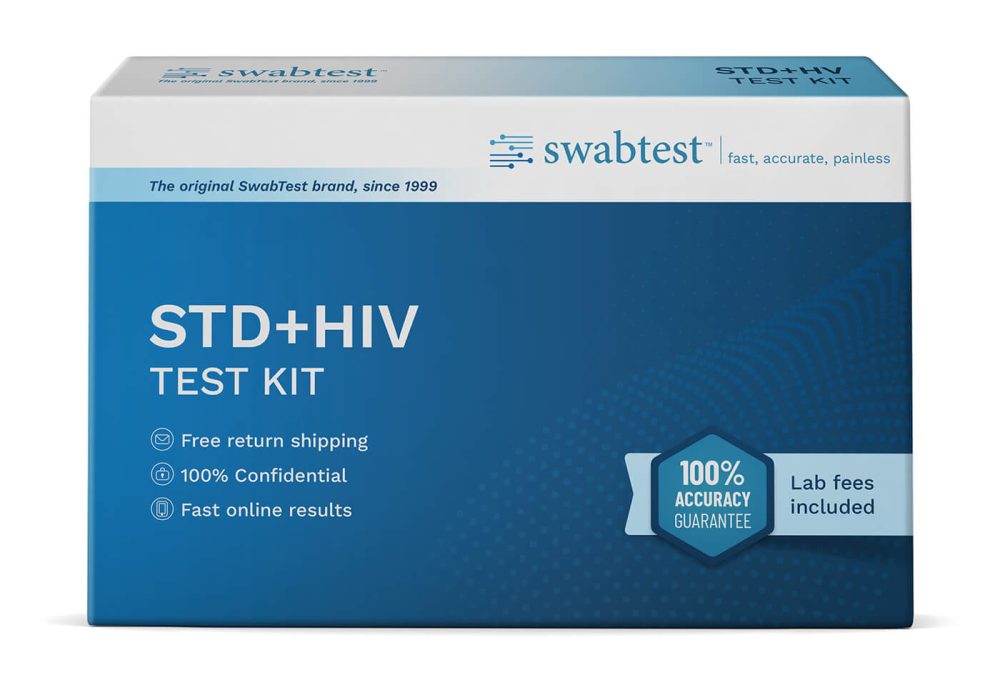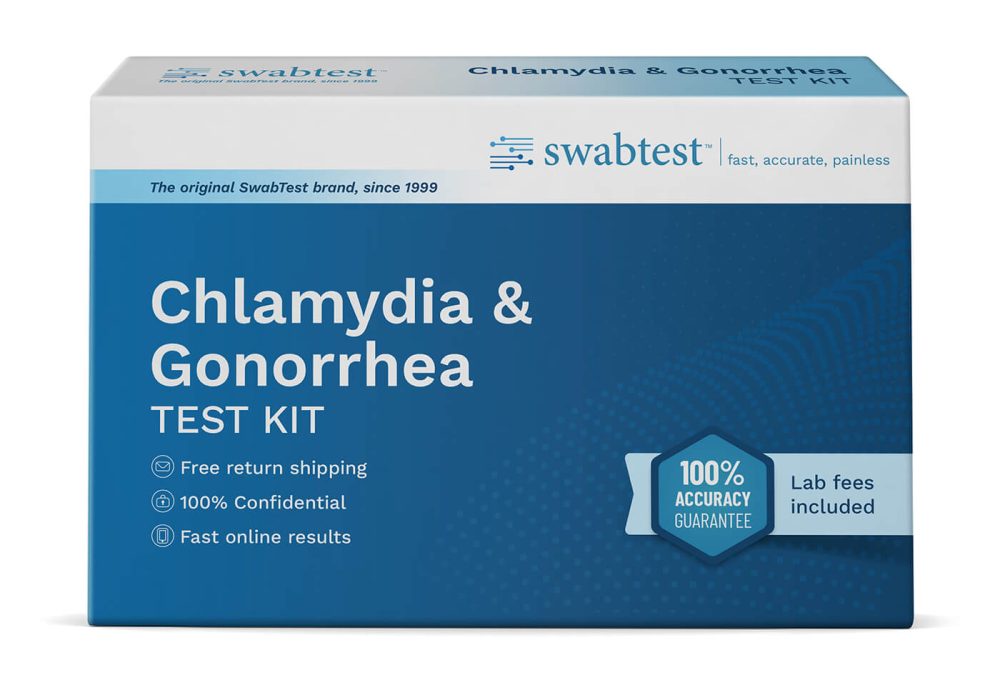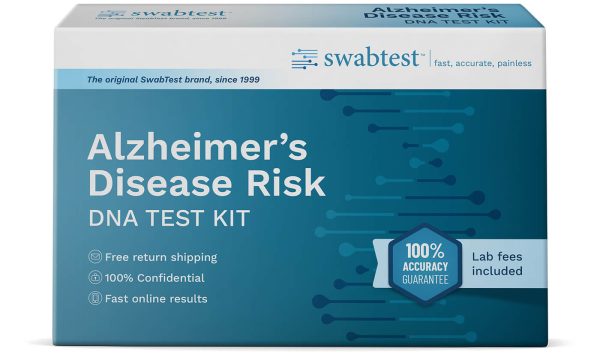Description
Lyme disease is the most common vector-borne infection (transmitted via animals) found in the United States. When a person is bitten by an infected black-legged tick (aka deer ticks), the bacteria can be passed on to the person through the skin. About 70% of individuals infected with Lyme disease develop a “bulls-eye” rash called erythema migrans. Other symptoms include fever, headaches, and fatigue. Lyme disease is treated with antibiotics. When left untreated, it can spread throughout the body and result in serious health complications.
Who should take this test?
Consider getting tested if:
- You have been bitten by a tick
- You have travelled to an area with Lyme disease and are experiencing symptoms such as fatigue, fever, chills, or headaches
- You live in an area with Lyme disease and are experiencing symptoms
What is included?
This test detects IgM and IgG antibodies for Borrelia burgdorferi the most common bacteria that causes Lyme disease. IgM antibodies are produced a couple of weeks following exposure, followed by the production of IgG antibodies. The preliminary test looks for both IgM and IgG antibodies towards two bacterial proteins. Any results that are positive or in the grey zone are confirmed with test that is IgM and/or IgG specific following the modified two-tier testing method suggested by the CDC.
Symptoms of Lyme Disease
Early Symptoms of Lyme Disease
Early signs and symptoms of Lyme Disease usually appear 3–30 days after the tick bite and can include:
- Erythema migrans (EM) rash
- Fever and/or chills
- Headache and fatigue
- Muscle and joint aches
- Swollen lymph nodes
Later Symptoms of Lyme Disease
Later signs and symptoms of Lyme disease may show up weeks to months after the tick bite and can include:
- Severe headaches and neck stiffness
- Shortness of breath
- Facial palsy (loss of muscle tone)
- More EM rashes
- Arthritis
- Irregular heart beat
- Shooting pain, numbness, or tingling in the hands or feet
Our lab uses a fully automated initial screening test to detect the presence of IgM and IgG antibodies to B. Burgdorferi in the finger prick blood sample. Any preliminary positive or equivocal results from the initial screening test are then confirmed with additional testing following modified two-tier test methodology.
Contact your healthcare provider as soon as possible to begin a course of antibiotics.
Oral antibiotic treatment in the early stages of Lyme disease usually results in rapid and complete recovery. Early diagnosis and prompt treatment can also help prevent late Lyme disease. In the later stages of Lyme disease, longer courses of antibiotics and/or intravenous treatment with antibiotics may be required.
Reducing exposure to ticks is the best way to reduce the risk of Lyme disease. Specific steps include:
- Treat clothing and gear with products that contain 0.5% permethrin
- Apply insect repellent
- Wear long pants and tuck them into socks or boots
- Avoid walking in wooded areas with high grass and leaf litter
- Check body, clothing, gear, and pets for ticks and remove any that are found
- Shower after being outdoors
Related Products
$149.00 Original price was: $149.00.$99.00Current price is: $99.00.
$79.00 Original price was: $79.00.$49.00Current price is: $49.00.
$271.00 Original price was: $271.00.$149.00Current price is: $149.00.
Related products
-
Health & Wellness
DNA Alzheimer’s Disease Risk Test
$195.00Detects the APOE variant linked to late-onset Alzheimer’s
-
Health & Wellness
DNA Narcolepsy Risk Test
$195.00Detects the genetic variant linked to an imbalance in sleep-awake cycles
-
Sexual Health
Common STD Test
Screens for chlamydia, gonorrhea and trichomoniasis infections
$99.00Original price was: $99.00.$79.00Current price is: $79.00. -
Shop All
DNA Maternity Test
Confirm whether an alleged mother is the true biological mother of a child.
$271.00Original price was: $271.00.$149.00Current price is: $149.00. This product has multiple variants. The options may be chosen on the product page









